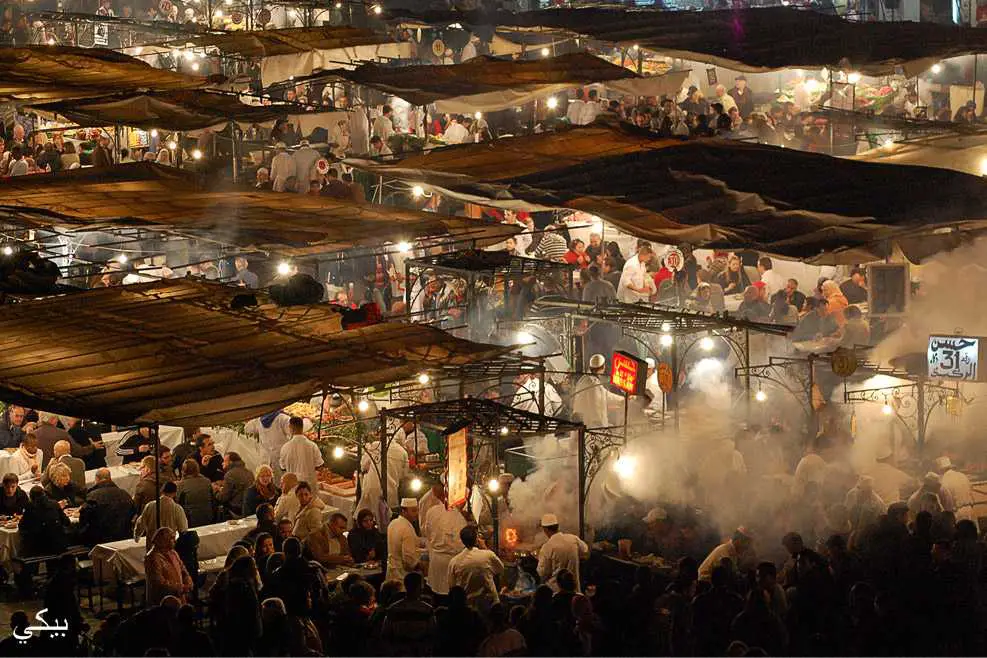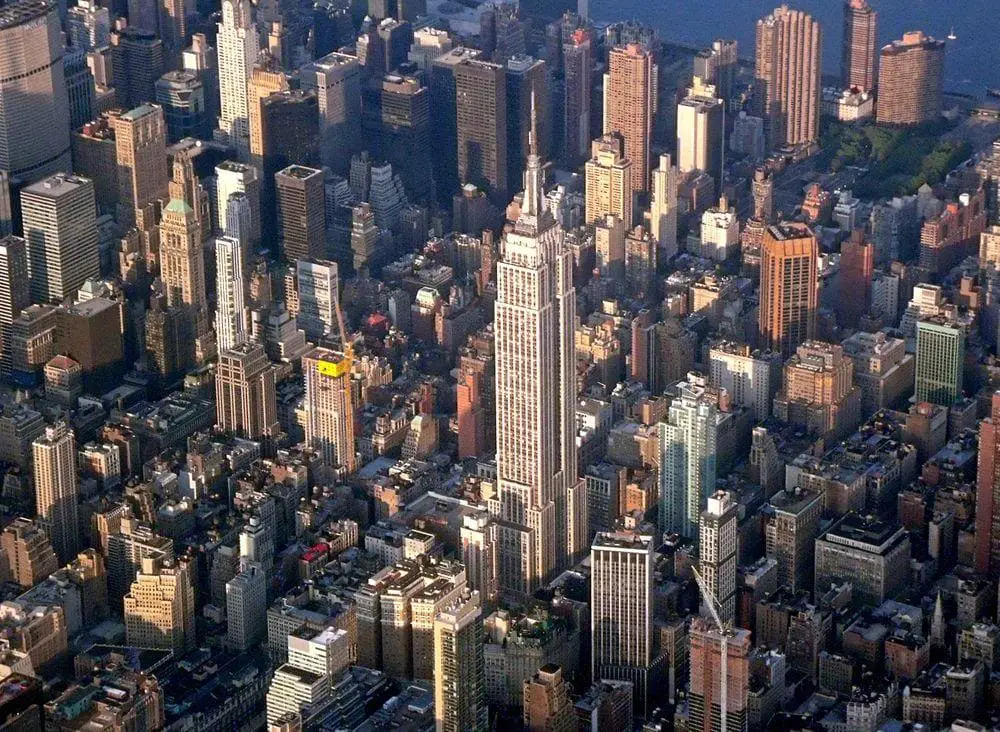Wondermondo 🢖 Categories of wonders 🢖 Architectural wonders 🢖 Settlements 🢖 Cities and towns
Category
Cities and towns
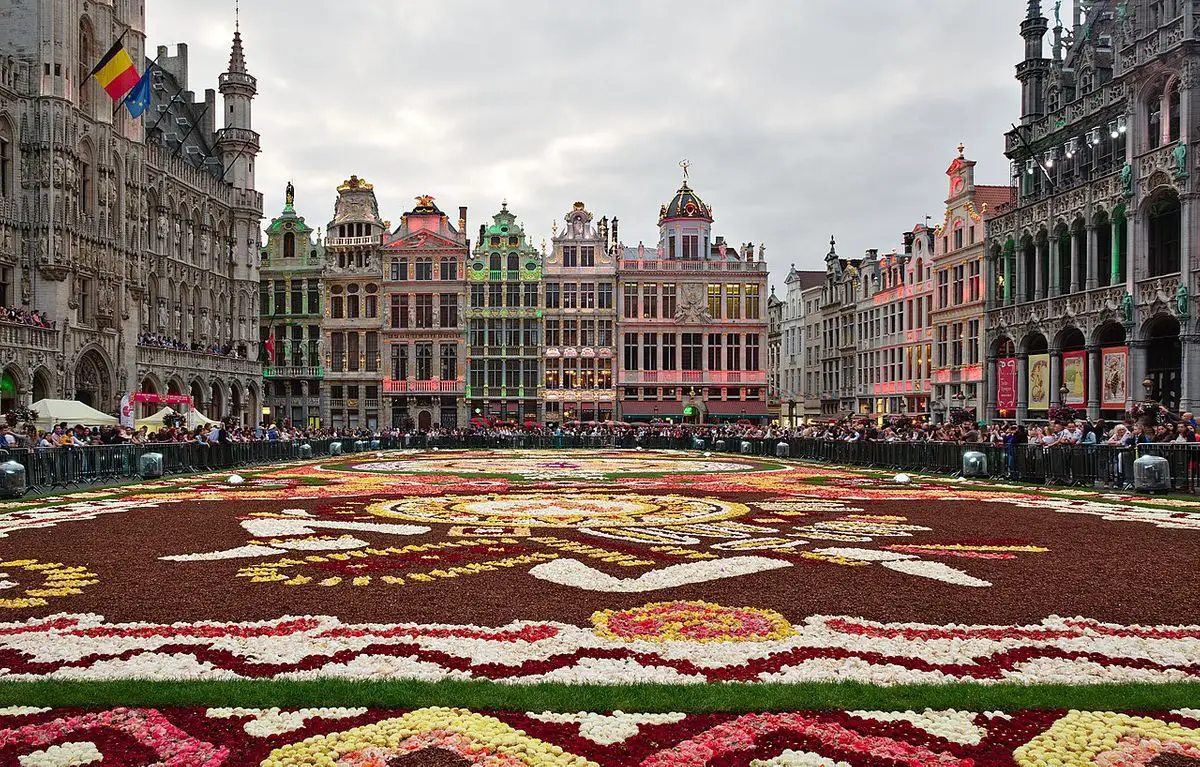
 Described cities and towns
Described cities and towns
If you see this after your page is loaded completely, leafletJS files are missing.
 What is included in this category?
What is included in this category?
Many of the most popular and exciting landmarks in the world are cities and towns. Millions of tourists are attracted to such cities as Venice, Florence, Prague, Jerusalem. They never fail to impress and one will always find something new and unexpected here. Throughout many centuries such cities have accumulated beautiful and impressive buildings, artwork, and memories of important events.
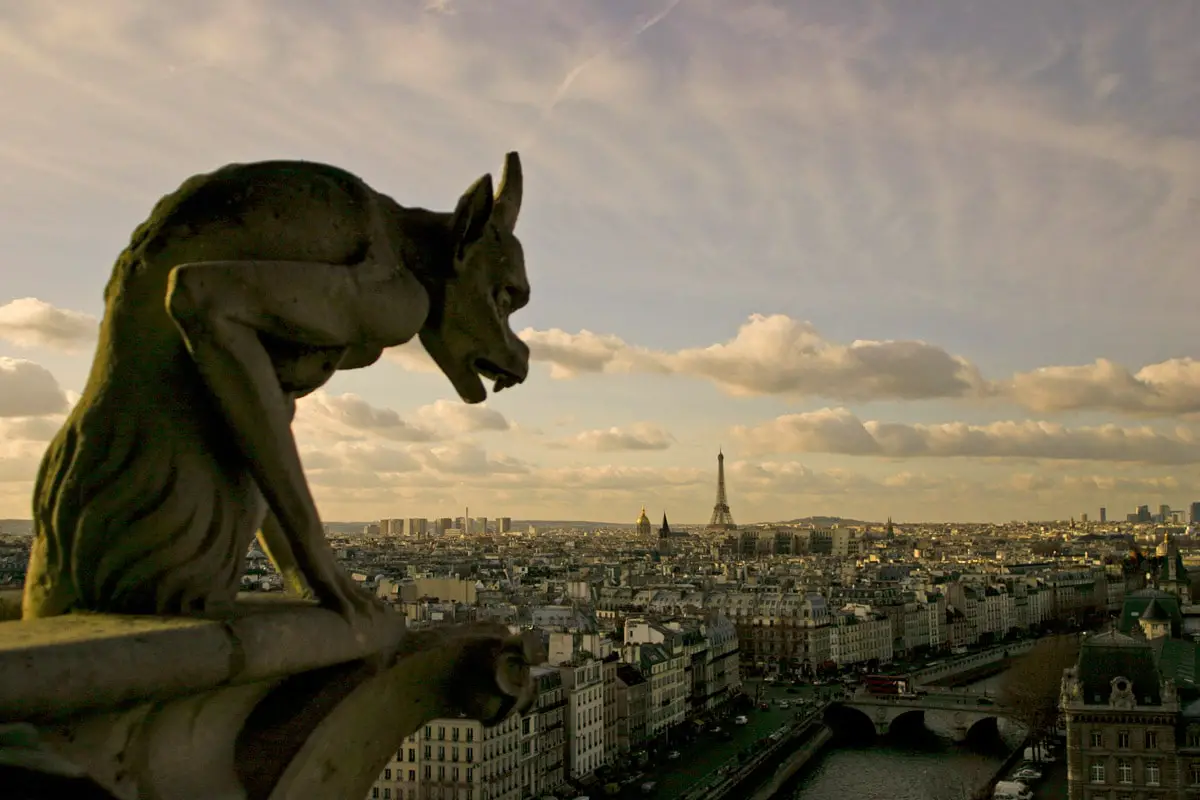
Definition
Wondermondo includes in this category those cities and towns, as well as parts of the cities, which represent a value from the tourist or scientific point of view.
From this category are excluded villages, listed in their own category and abandoned cities and towns, also listed in a separate category.
The borderline between a village and town can not be clearly defined. In principle cities and towns have urban area – densely populated area with closely located structures and specific urban infrastructure which may (but may not) include a common fortification system, common water supply and sewage collection, ventilation, and other systems.
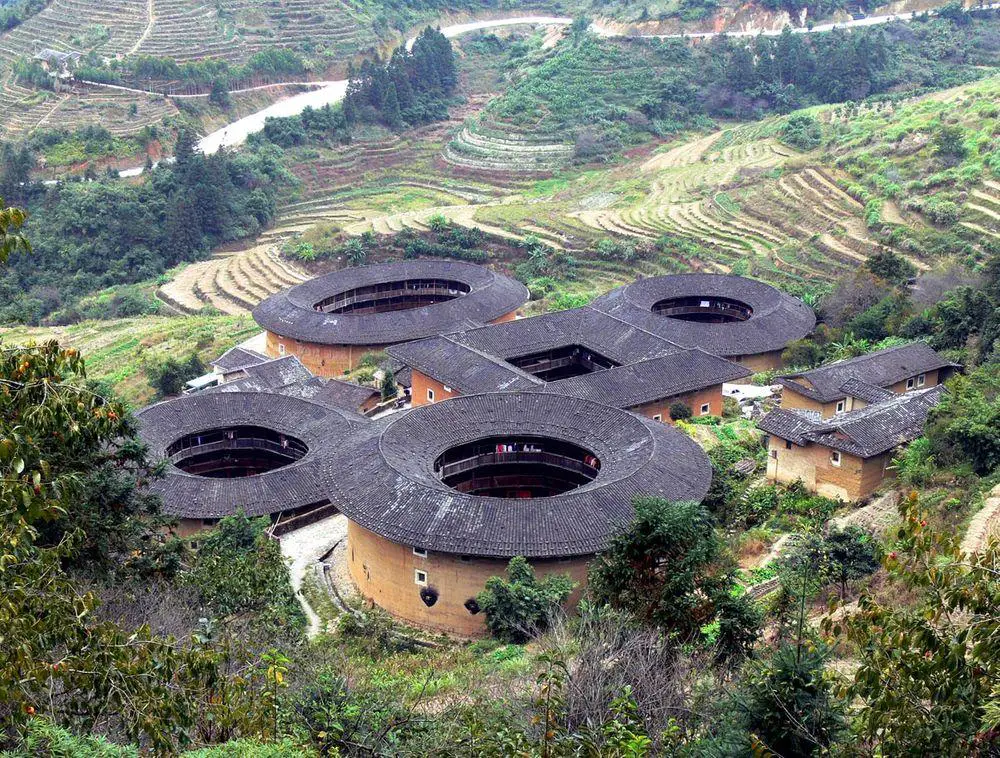
The world though is very diverse and not everything can be defined that simply. Thus, for example, in some regions of the world the villages have common infrastructure and even form a single, enormous structure. Such examples are Tianluokeng Tulou cluster and other tulous in China, Fujian or the pueblos in New Mexico, United States. Are they towns or are they villages? Or may be – something on its own?
History
The oldest cities and towns developed in the Fertile Crescent, in contemporary Egypt, Iran, Iraq, Israel, Lebanon, Palestine, Syria, Turkey. The oldest towns could be Jericho (Palestine, 9400 BC) and Çatalhöyük (Turkey, 7500 BC). The first true city most likely was Uruk (Iraq, 4500 BC).
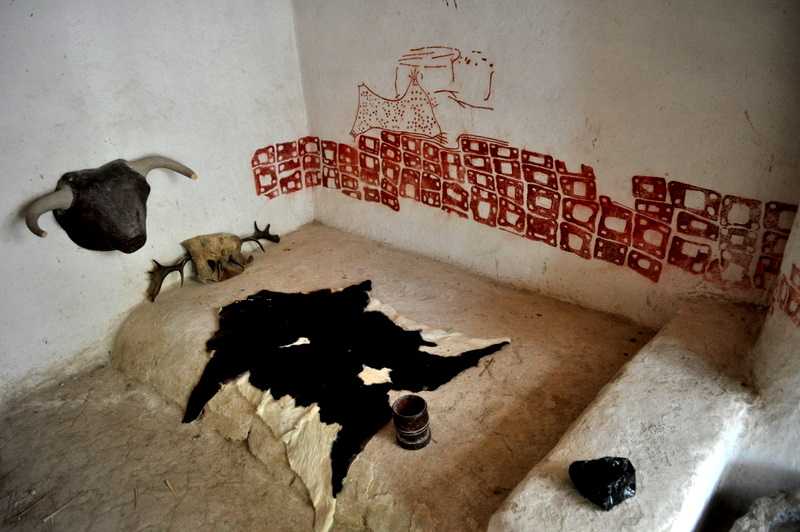
As the time passed, the cities increased in size. It is very hard to access the size of cities in the past, but, nevertheless, there are calculations of the number of inhabitants in the ancient cities. Thus, the threshold of 100,000 inhabitants possibly was exceeded by Avaris (Egypt) at 1600 BC. Rome (Italy) exceeded the 1 million inhabitants threshold at the beginning of our era, Xi’an (China) was next sometimes around 700 AD.
Values
The main value of a true city is the elusive feel of cityscape. People are sociable beings and are attracted by an amicable, active, and diverse crowd, hustling amidst countless ornate and legendary buildings. Many cities of the world offer this – Prague, London, Venice, Varanasi, Marrakesh and many many others.
Of course, the main tangible assets of historical cities are the valuable buildings. Such cities as Rome, London, Paris, Jerusalem, Bukhara, Istanbul, Shiraz, Córdoba, and Venice each have several buildings which belong to the world’s most admired monuments of architecture.
The planning tradition of the city is another value. Builders of many cities have observed strict rules of planning and building. Amazing planned cities are Huế (Vietnam) or Mexcaltitán (Mexico). Nevertheless, the most beautiful cities of the world have diverted from any strict planning rules and are charming exactly due to their diversity and unexpected sights.
Very impressive technological achievement is the infrastructure of many desert cities. In this respect very impressive Yazd (Iran) and many other historical cities in Near East and Northern Africa – these cities have very impressive underground water supply and cooling systems, covered walkways, and other amazing features.
Other articles
Category of cities and towns has the following subdivisions:
 Top 25 cities and towns
Top 25 cities and towns
Asia
Varanasi
India
The ancient holy city of Buddhists, Hindus, and Jains. At approximately 3000 years of age, this is one of the oldest inhabited cities in the world. It contains a huge amount of valuable monuments of architecture and history, a location of living unique traditions.
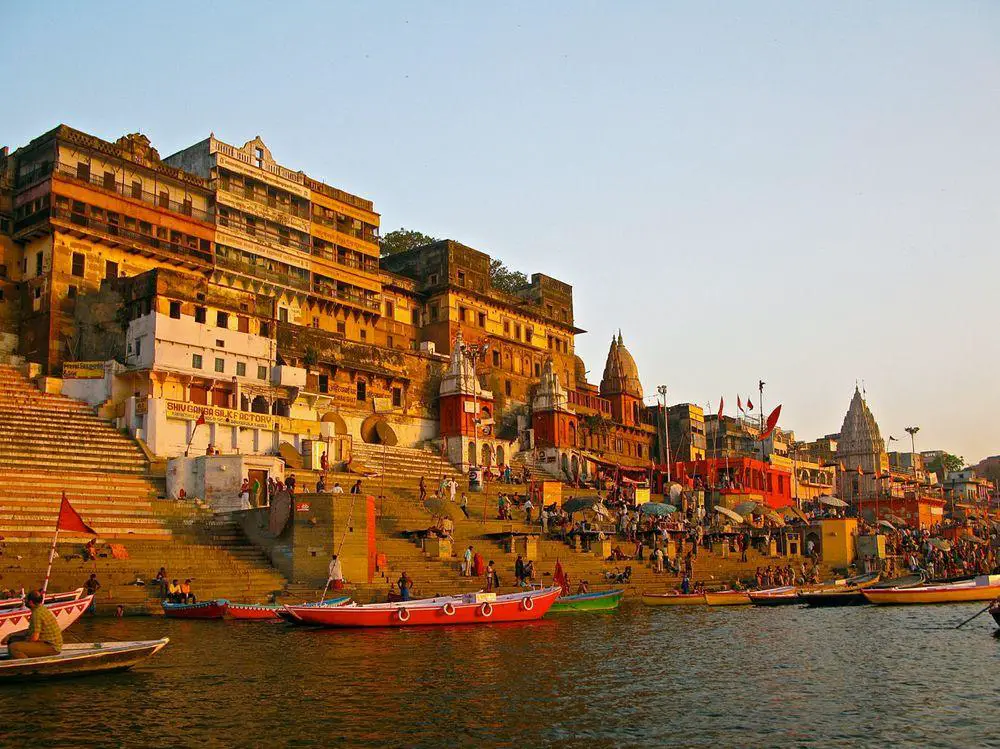
Jerusalem Old City
Palestine
One of the most important and holiest cities in world history, one of the oldest cities that was settled in the 4th millennia BC. Contains hundreds of monuments of world importance, such as the Dome of the Rock, Temple Mount, Wailing Wall, Church of the Holy Sepulchre, and al-Aqsa Mosque. Crossed by Via Dolorosa – the path where Jesus carried his cross.
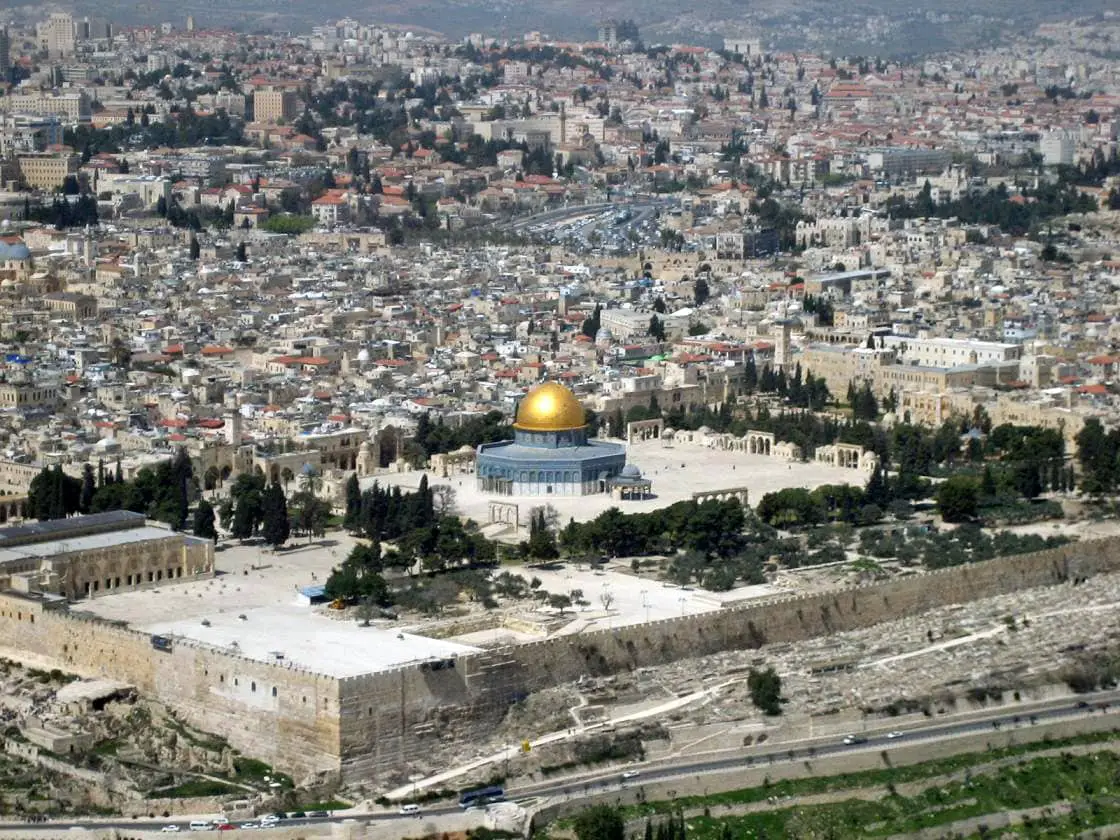
Mahabalipuram
India
Group of the 7th – 9th-century Hindu temples. Most structures were cut in live rock. Numerous unique architectural and artistic achievements witnessing the highly successful search for the original Pallava style in arts. Very interesting are Pancha Rathas – a group of five monolithic, very ornate shrines and Descent of the Ganges – giant, beautiful relief in the open air. Part of the monuments now is located below sea level.
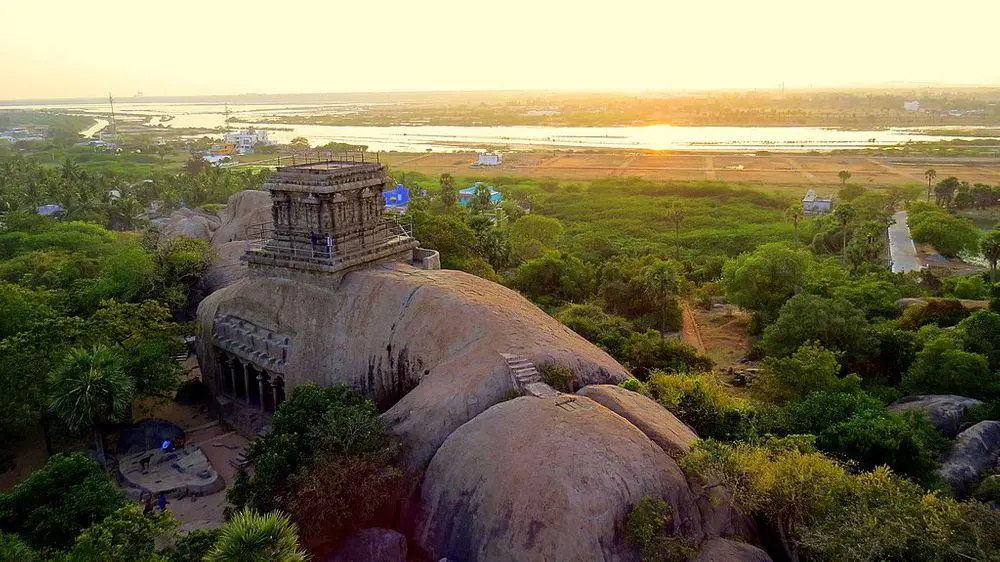
Old City of Sana’a
Yemen
An impressive display of the unique Yemeni urban planning and architecture. Sana’a is founded before 500 BC and there are buildings that are more than 1,400 years old. The city walls are 9 – 14 m tall, the old city contains more than 100 mosques and 6,500 houses. Most of the houses are highrise buildings and are ornamented.
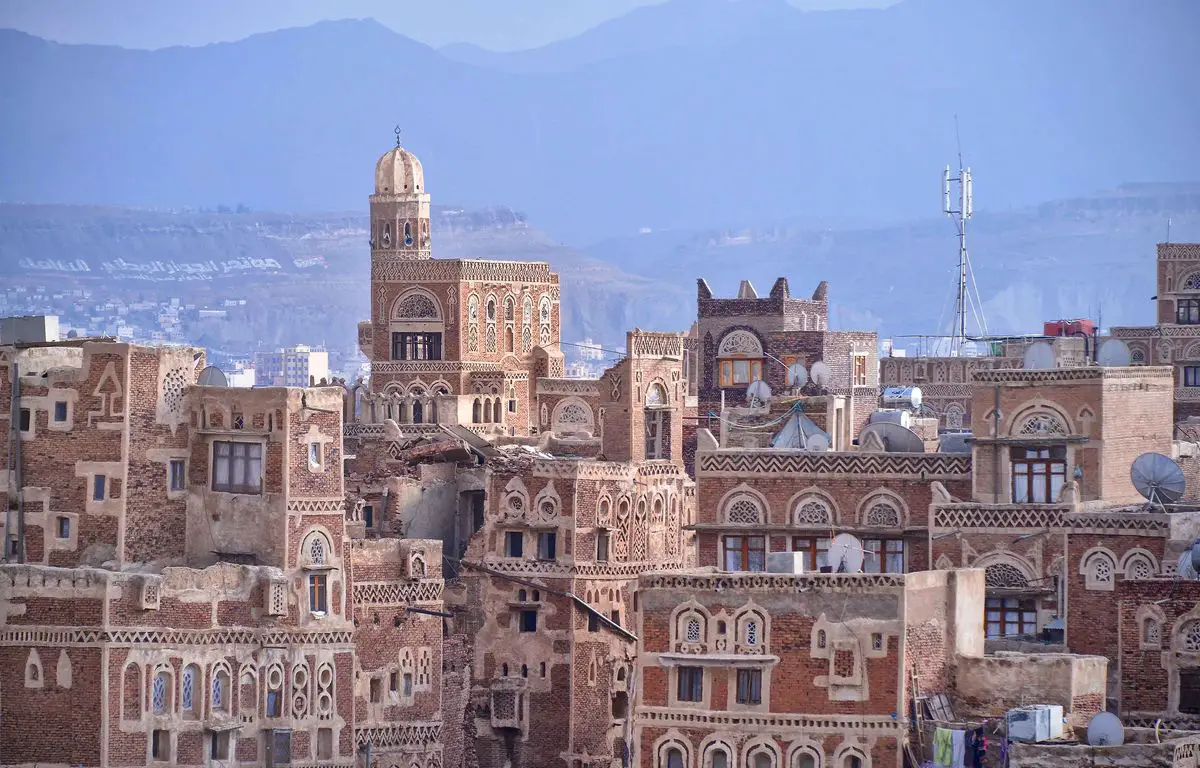
Damascus
Syria
A very old city, inhabited since 6300 BC, developed as a city in the 3rd millennium BC. An important center of steel and lace production in medieval times. The city has hundreds of beautiful and historically significant buildings, such as the Umayyad Mosque – one of the most significant buildings in the Near East.
Europe
Venice
Italy
One of the most unusual and beautiful cities on Earth, containing an unbelievable amount of art and architectural value. Venice was built on 118 small, closely located islands and has been the capital of a powerful state in the 7th – 18th centuries.
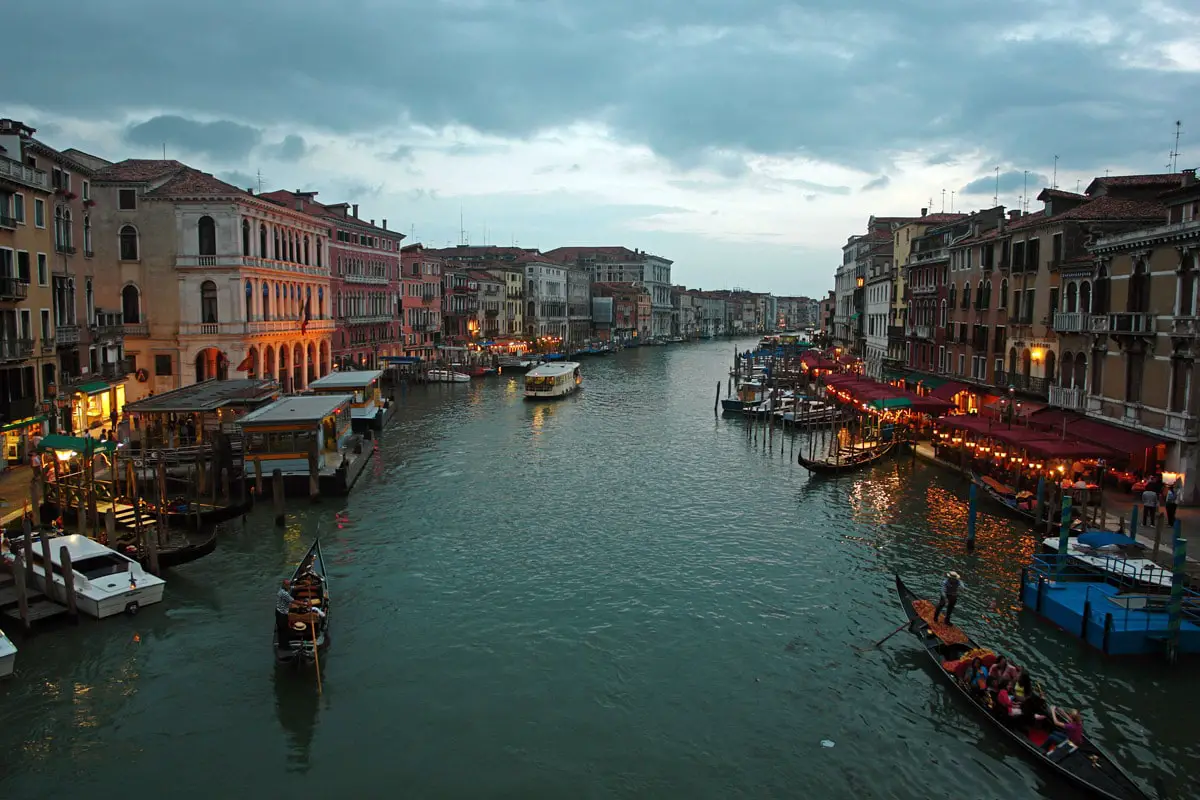
Centre of Florence
Italy
One of the most important centers in history for the development of art with numerous unique and beautiful monuments. This birthplace of the Renaissance contains such monuments of world importance as the Florence Cathedral, Campanile and Baptistery, Ponte Vecchio, and many others.

The historic center of Rome
Italy
According to legend, Rome was founded in 753 BC and, possibly, has been the most important city in the history of Western civilization. Rome was the center of the Roman Republic and Empire and since the 4th century is the capital of the Christian world. Here is an immense number of architecture and art values, In Rome have arisen numerous global styles in architecture and art.
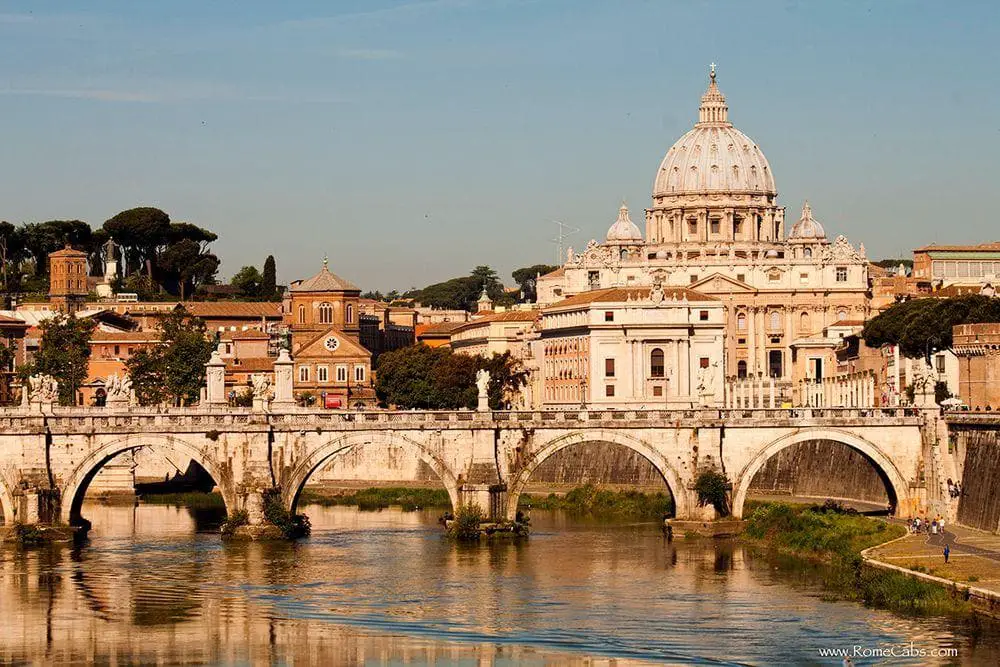
Córdoba
Spain
One of the major centers of ancient and medieval Europe, the intellectual center of Europe in the 10th – 12th centuries. The second-largest historic city in Europe, with a huge amount of very valuable buildings. Some of the most impressive ones are the Great Mosque of Córdoba, the Roman bridge, the Roman Temple, and many others. The old city is surrounded by Roman walls.
Mont Saint-Michel
France
Unique monument of urban planning – a fortified monastery with a surrounding small town, built on a rocky tidal island. This monastery was established here in the early 8th century. Its buildings were constructed in a Romanesque style, mainly in the 10th – 11th century AD. The island is topped with the massive, Romanesque Mont-Saint-Michel church (11th century).
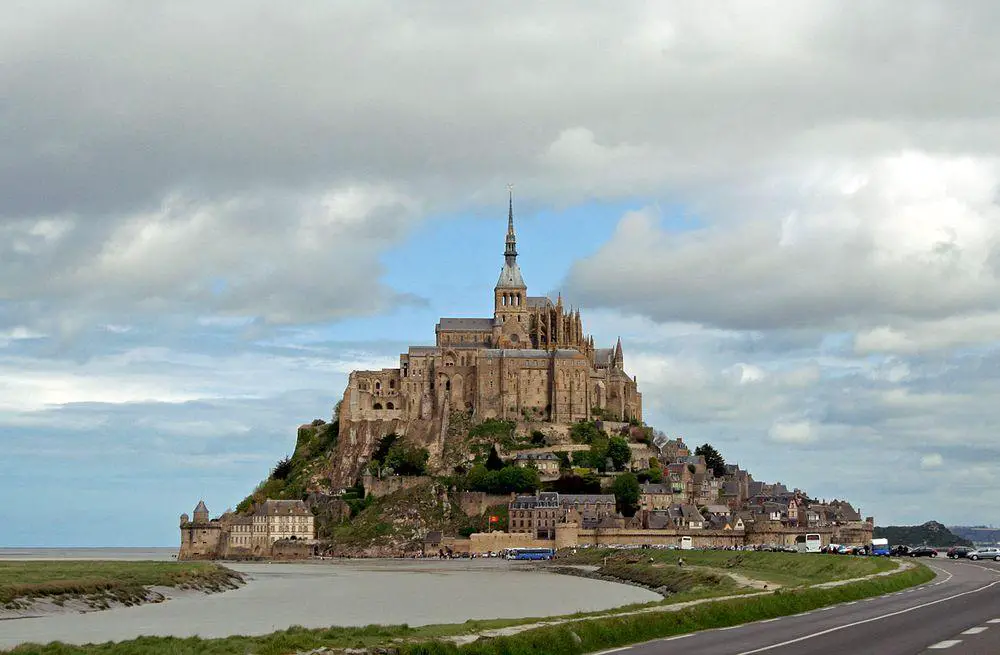
Salamanca
Spain
A historical city, the site of the old university (the third oldest in Western Europe), and numerous valuable monuments of architecture and art. Salamanca contains outstanding buildings from different periods of history – Romanesque, Moorish, Gothic, Renaissance, and Baroque.
Santiago de Compostela
Spain
One of the most beautiful medieval cities in the world, a pilgrimage center of European scale. The city contains a masterpiece of Romanesque architecture – a cathedral, as well as the beautiful Plaza de España, Hospital Reál, and many other valuable buildings.
Saint-Malo
France
A medieval port city with walls. Saint-Malo developed as a city of well-organized privateers and seafarers making discoveries and settlements in distant areas of the world.
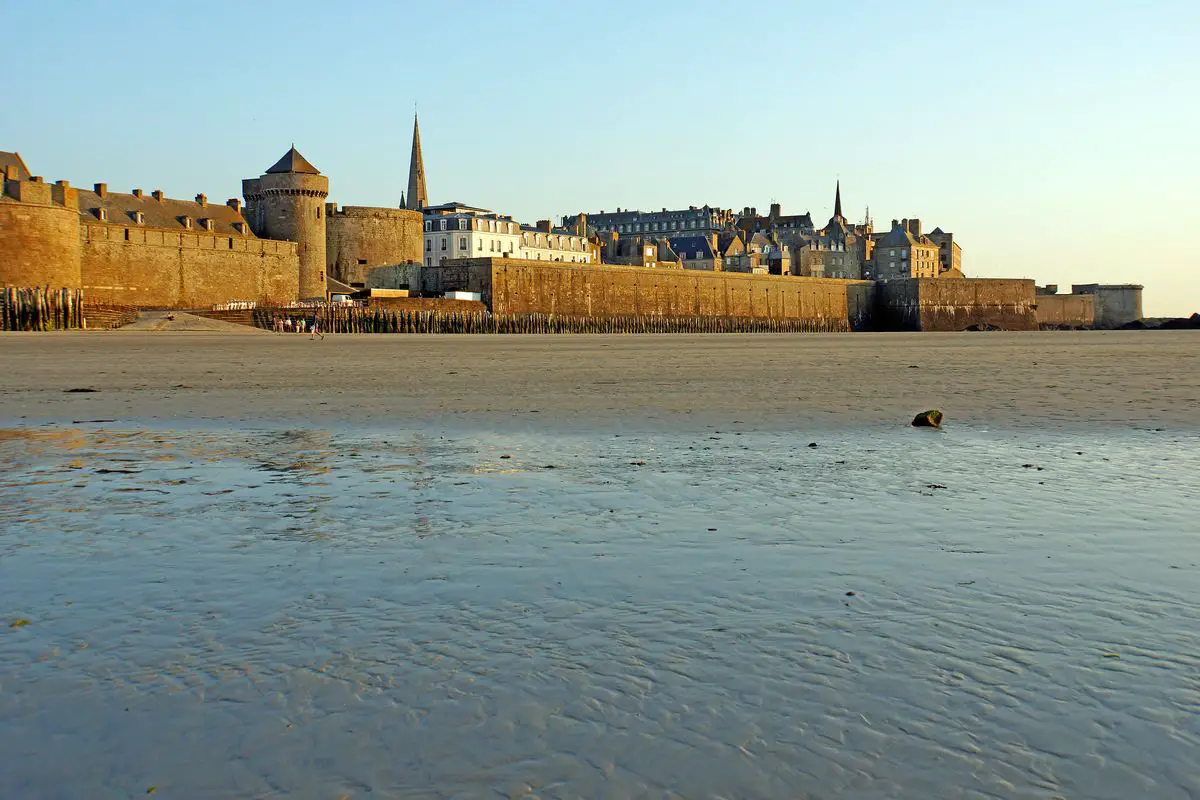
Ávila
Spain
Medieval city with some of the best-preserved city walls in the world. City walls have nine gates and 82 semicircular towers. Ávila was a fortified settlement already in the 5th century BC. The current medieval city flourished in the 11th – 18th century. The old city has numerous valuable buildings.
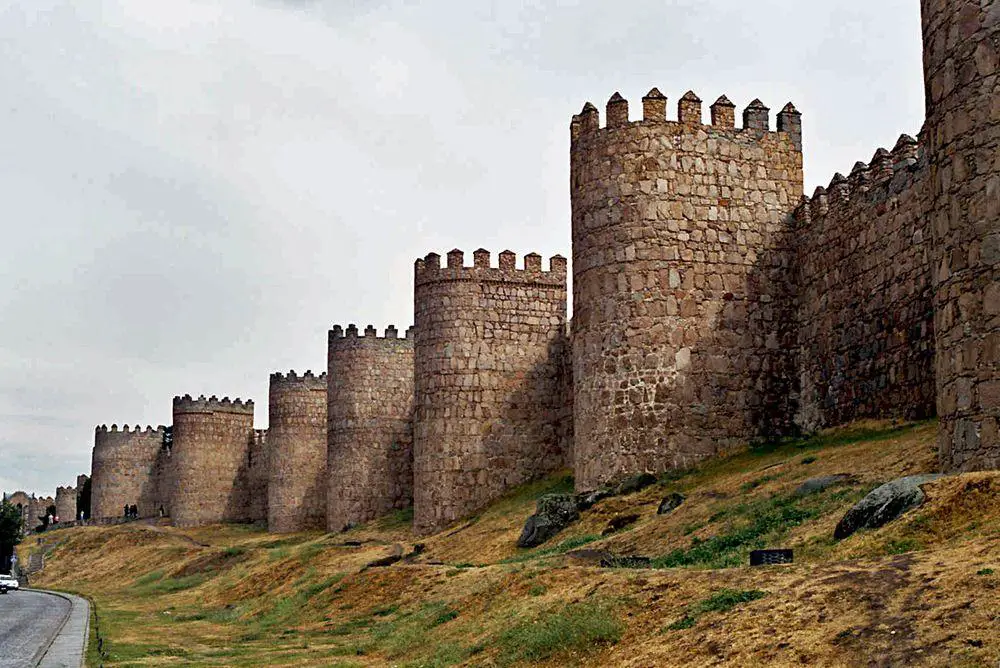
Historic Centre of Bruges
Belgium
Once an important trade center, this city has almost intact medieval architecture and numerous canals. The site of the first stock exchange (1309) and numerous important financial institutions.
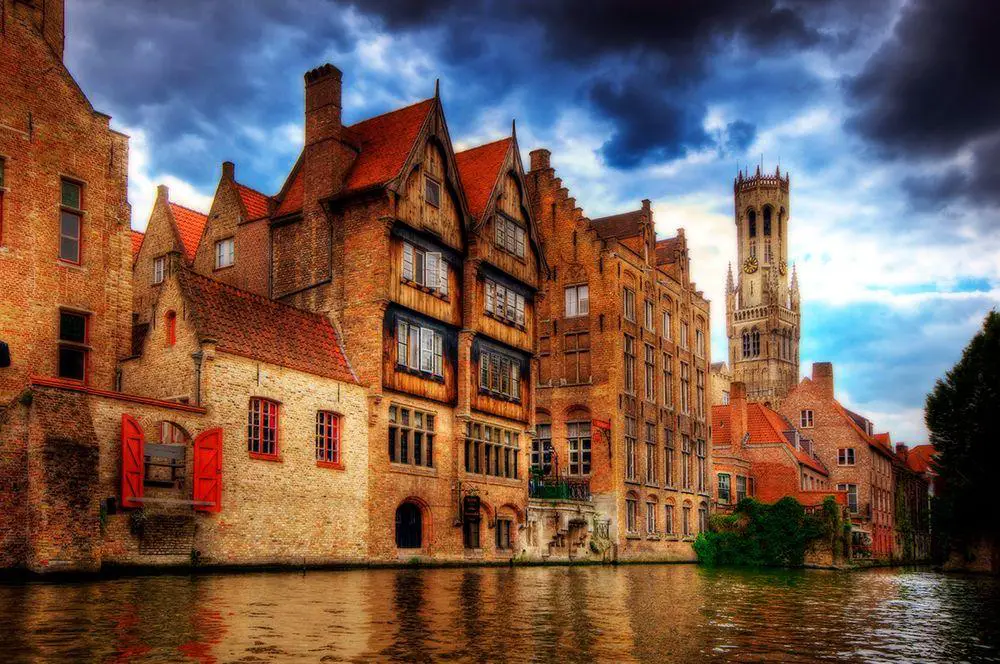
San Gimignano
Italy
Unique walled medieval city. 14 medieval defensive towers still rise above the old city.
Rothenburg ob der Tauber
Germany
One of the best preserved medieval towns in the world. Developed around the castle in the 12th – 13th centuries. Preserved fortification walls of the town.
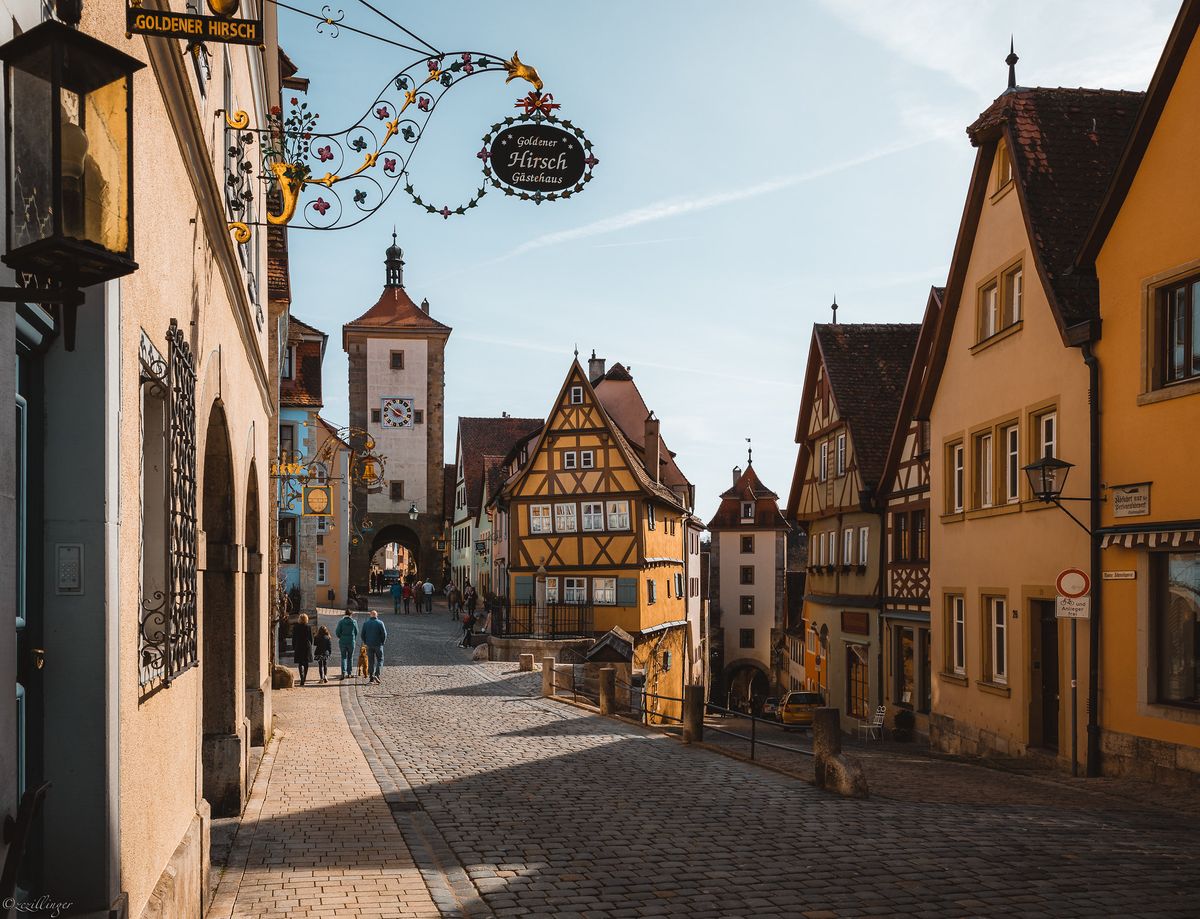
Cáceres
Spain
Authentic medieval city with some 30 fortified towers from the Islamic period and medieval walls. Founded by Romans in 25 BC, flourished under Arab rule in the 8th – 13th century and later in the 14th – 20th centuries.
Prague Old Town
Czechia
Prague provides one of the most impressive medieval cityscapes in the world. The city has a huge number of outstanding architectural monuments in beautiful settings. The historical center is large and consists of several parts, including Staré Město (Prague Old Town), Nové Město (Prague New Town), Malá Strana and Hradčany as well as Josefov – the historical Jewish ghetto.
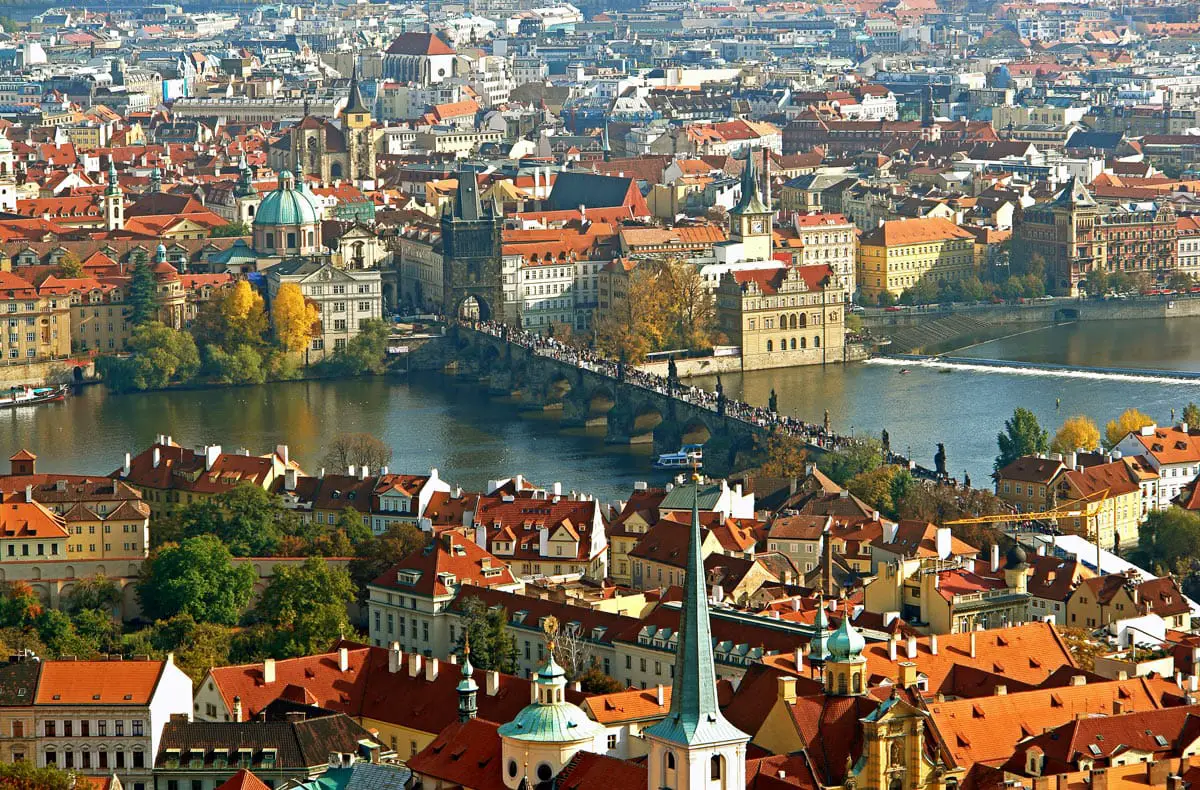
Amalfi
Italy
A beautiful medieval town in an impressive natural setting – steep coast.
North America
Manhattan
United States
The most prominent historical skyscraper district in the world. The first highrises were built here in the late 19th century. Contains a huge number of beautiful Art Deco and later skyscrapers. Currently, the most prominent buildings here are Empire State Building (381 m tall, constructed in 1931), Chrysler Building (282 m, constructed in 1930), and many others, also the tallest building in the United States – 541 m tall One World Trade Center.
Las Vegas
United States
Enormous entertainment and resort city, developed in the middle of the desert in the middle of the 20th century. Contains a huge number of spectacular buildings, built to impress the guests of the city.
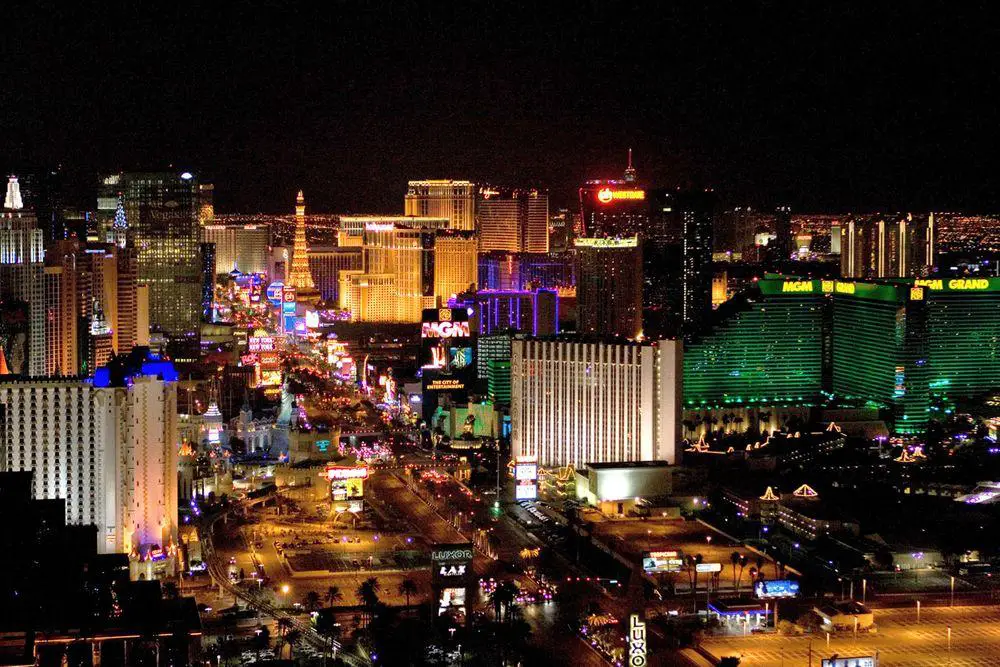
Guanajuato
Mexico
A beautiful colonial city with numerous impressive buildings in the Mexican Baroque style. Many historical streets are under the ground.
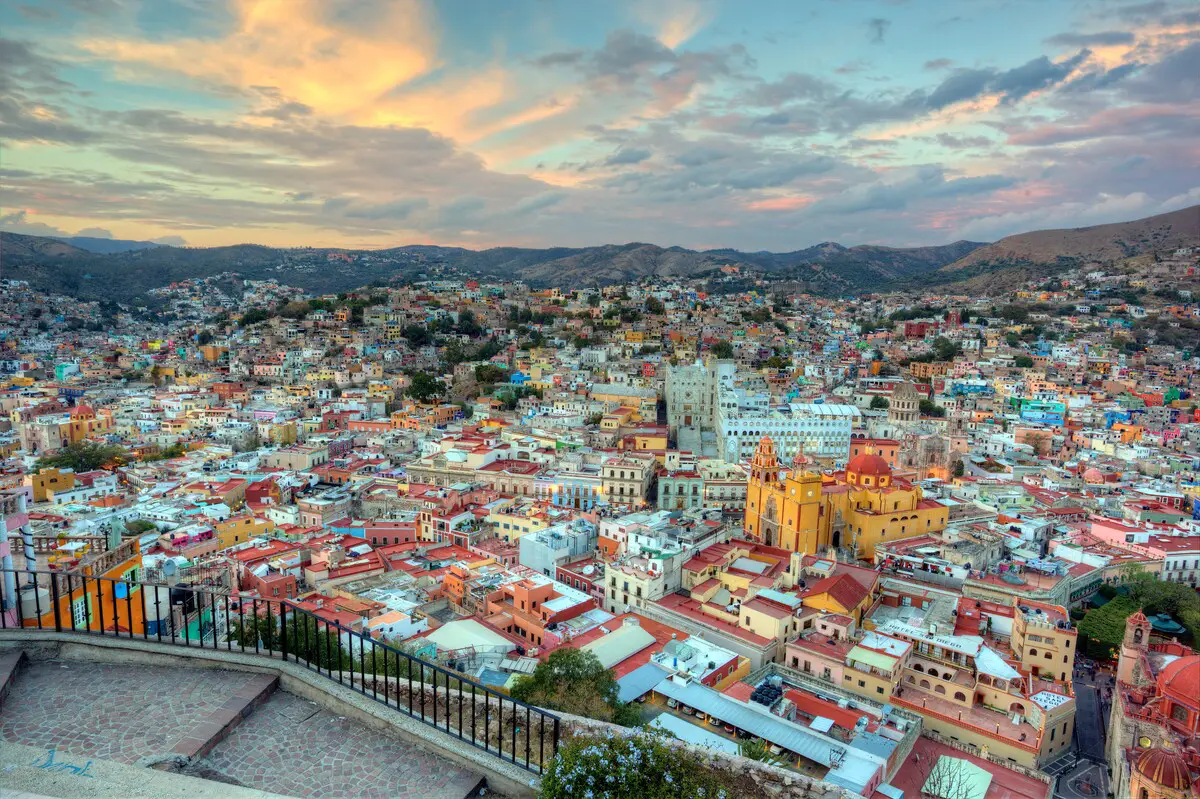
Xochimilco
Mexico
Unique monument of urban planning inherited from Aztec times. There has been preserved the network of ancient channels with chinampas – island gardens. Channels are traveled by special boats – trajineras. Channels and islands contain endemic plants and animals including a unique salamander – axolotl (Ambystoma mexicanum).
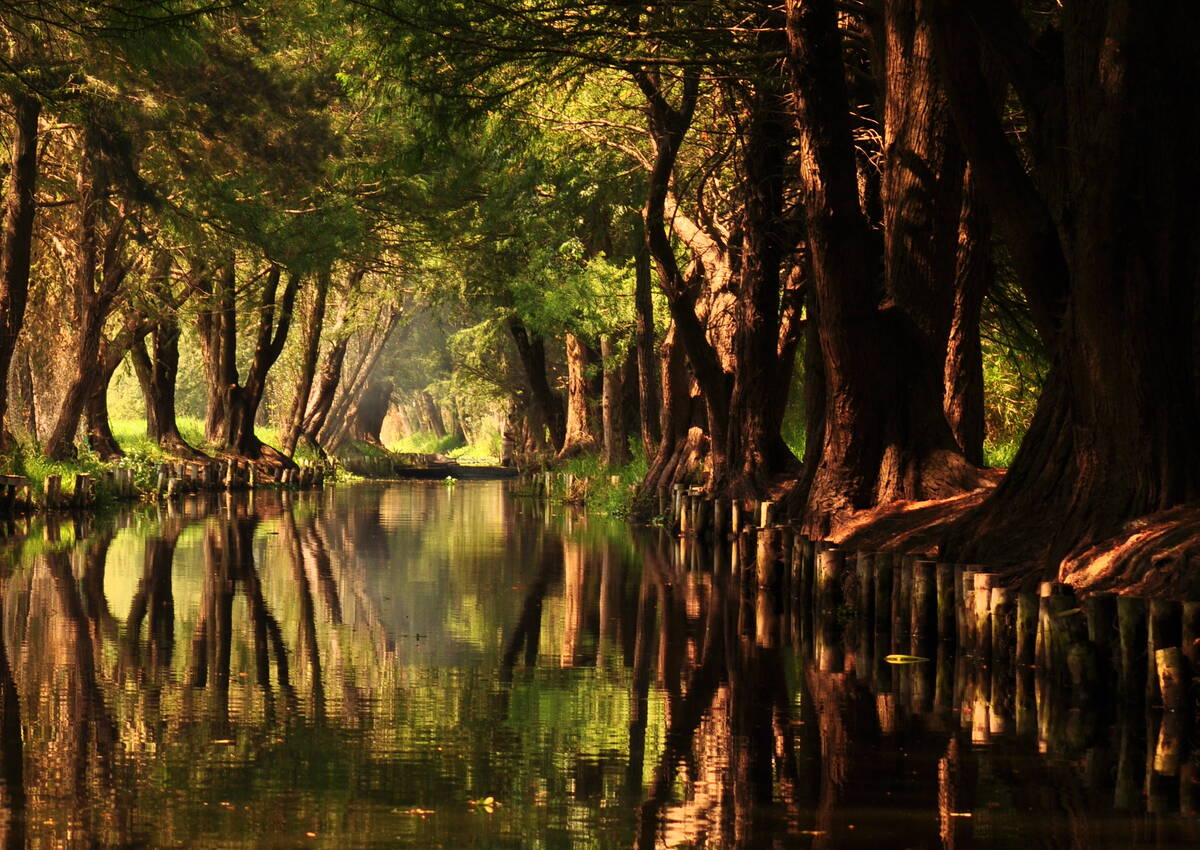
South America
Cusco historic center
Peru
The historical capital of the Inca Empire, inhabited since 900 AD. During Inca time (the 13th century – 1532) the city was developed according to a strict plan. After the Spanish conquest, the city has maintained much of its original planning and part of building stones, but there has been built a new, magnificent city, blending local and European traditions.
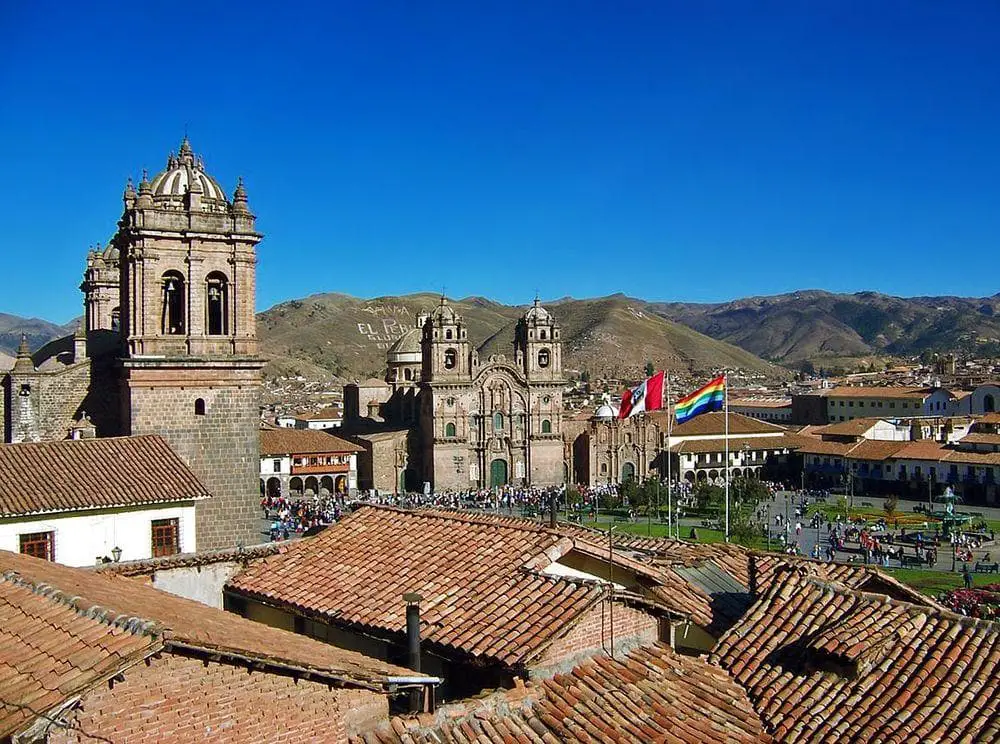
 Recommended books
Recommended books
Cities of the World
More than four centuries on from its first publication, discover one of the jewels of urban cartography and civic studies. This quality reprint includes the most enchanting color plates from the Civitates orbis terrarum, a magnificent collection of town map engravings, produced between 1572 and 1617.
The Penguin Historical Atlas of the Medieval World
The Penguin Historical Atlas of the Medieval World traces the development of peoples, cultures, and faiths between the coming of the barbarian invasions in the fourth century and the first voyages to the New World in the sixteenth. This colorful atlas illustrates the sweeping changes from the fall of the Roman Empire to the birth of Islam, the rise of Christianity, and the role of Judaism across Europe.

